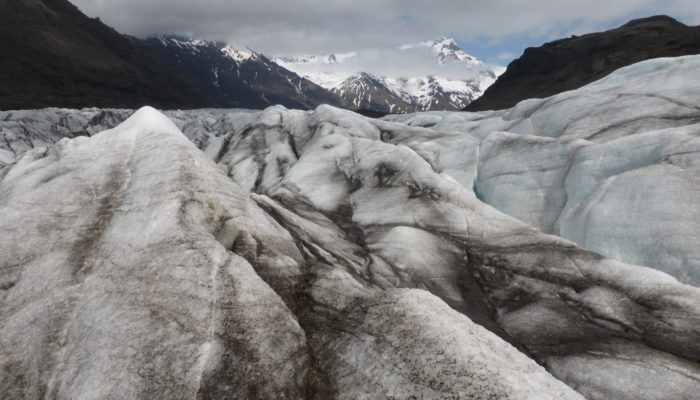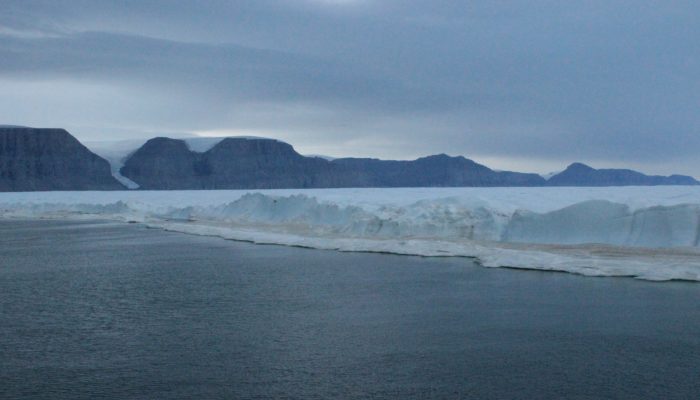“Be thou as chaste as ice, as pure as snow”. Hamlet, Act 3 Scene 1 (W. Shakespeare) Snow and ice are not always as pristine as one may think. If you have ever walked on a glacier or on a snowfield during summer, you might have already noticed that. In fact, both snow and ice are often darkened by impurities. In this blog post, you will learn about the main processes leading to ice and snow darkeni ...[Read More]
Exploring the hidden plumbing of glaciers with Cryoegg
Plumbing is something we take for granted: the pipes that bring us water to wash and drink, and the pipes that take the waste water away again. We see the taps and basins in our kitchen and bathroom – but the pipes are hidden away under the floor or inside the walls – and we mostly ignore them until there’s a leak or a blockage! It turns out that glaciers have plumbing too – and ...[Read More]
What’s up on Thwaites Glacier?
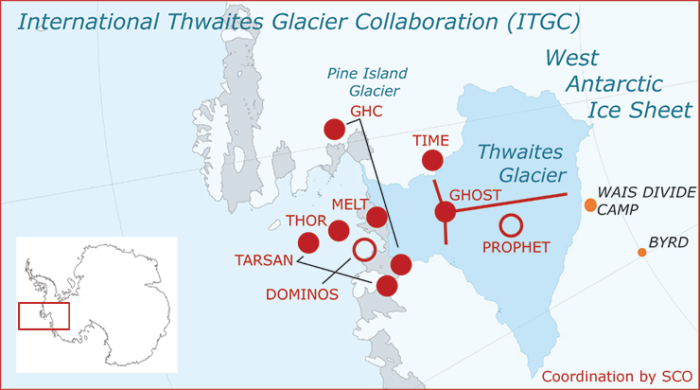
With the West Antarctic Ice Sheet currently losing ice at a fast pace, leading to sea-level rise, it is very important to better understand the processes by which this ice melting occurs. In this context, Thwaites Glacier is a very good case study of an accelerating glacier, which contributes substantially to sea-level rise, and for which a huge scientific collaboration effort has recently been se ...[Read More]
Cryo-adventures – Behind the scenes of cryo-fieldwork
As the Arctic is warming faster than the global average, Arctic glaciers are rapidly melting. My research is about the fate of glacial organic carbon when the ice containing it melts. To investigate these processes, I travelled to several glaciers, an activity full of challenges… and rewards! My research Glacier ice covers about 11% of Earth’s land surface, and contains within it a globally ...[Read More]
Image of the Week – Fifty shades of May (Glacier)
With over 198 000 glaciers in the world, you can always find a glacier that fits your mood or a given occasion. So why not for example celebrate the first Image of the Week of May with a picture of the aptly named May Glacier? May Glacier is in fact not named after the month, but after Mr May, an officer onboard the Flying Fish during her expedition to the East Antarctic coast in the 1840s. Apart ...[Read More]
Image of the Week – Ice Stupas: a solution for Himalayan water shortage?
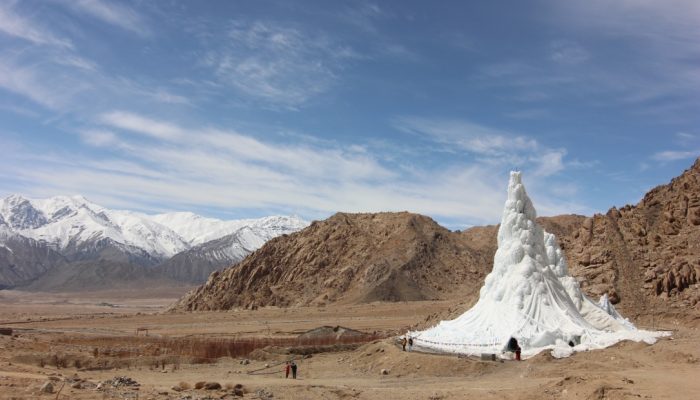
As the world searches for practical innovations that can mitigate the impact of climate change, traditional methods of environmental management can offer inspiration. In Hindu Kush and Karakoram region, local people have been growing, or grafting, glaciers for at least 100 years. Legend has it that artificial glaciers were grown in mountain passes as early as the twelfth century to block the advan ...[Read More]
Image of the week – Micro-organisms on Ice!

The cold icy surface of a glacier doesn’t seem like an environment where life should exist, but if you look closely you may be surprised! Glaciers are not only locations studied by glaciologists and physical scientists, but are also of great interest to microbiologists and ecologists. In fact, understanding the interaction between ice and microbiology is essential to fully understand the gla ...[Read More]
Image of the Week – Drilling into a Himalayan glacier
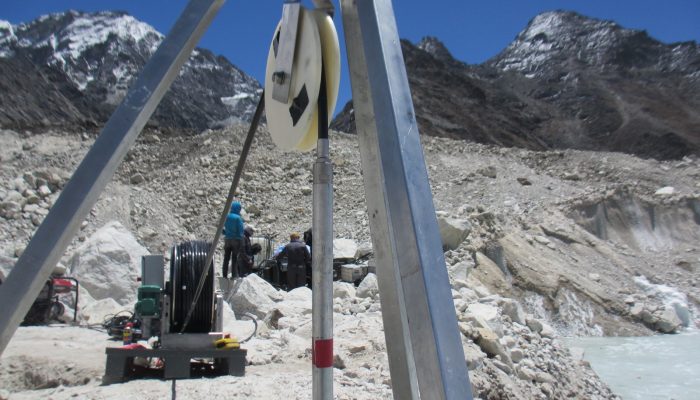
How water travels through and beneath the interior of debris-covered glaciers is poorly understood, partly because it can be difficult to access these glaciers at all, never mind explore their interiors. In this Image of the Week, find out how these aspects can be investigated by drilling holes all the way through the ice… Hydrological features of debris-covered glaciers Debris-covered glaciers ca ...[Read More]
Image of the Week – Ice on Fire (Part 2)
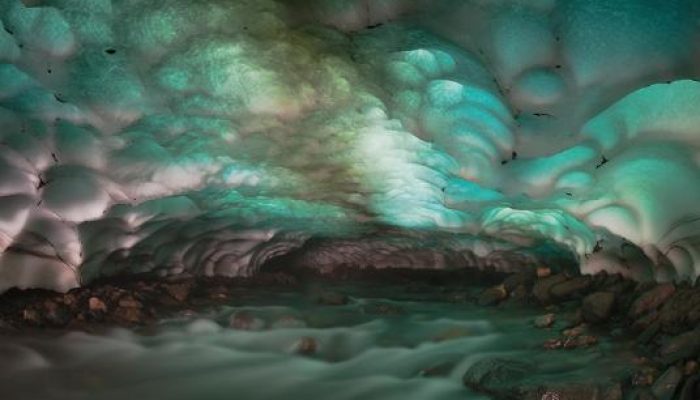
This week’s image looks like something out of a science fiction movie, but sometimes what we find on Earth is even more strange than what we can imagine! Where the heat of volcanoes meets the icy cold of glaciers strange and wonderful landscapes are formed. The Kamchatka Peninsula, in the far East of Russia, has the highest concentration of active volcanoes on Earth. Its climate is cold due ...[Read More]
Image of the Week – On the tip of Petermann’s (ice) tongue
5th August 2015, 10:30 in the morning. The meeting had to be interrupted to take this picture. We were aboard the Swedish icebreaker Oden, and were now closer than anyone before to the terminus of Petermann Glacier in northwestern Greenland. But we had not travelled that far just for pictures… Petermann’s ice tongue Petermann is one of Greenland’s largest “marine terminating glaciers”. As the name ...[Read More]

